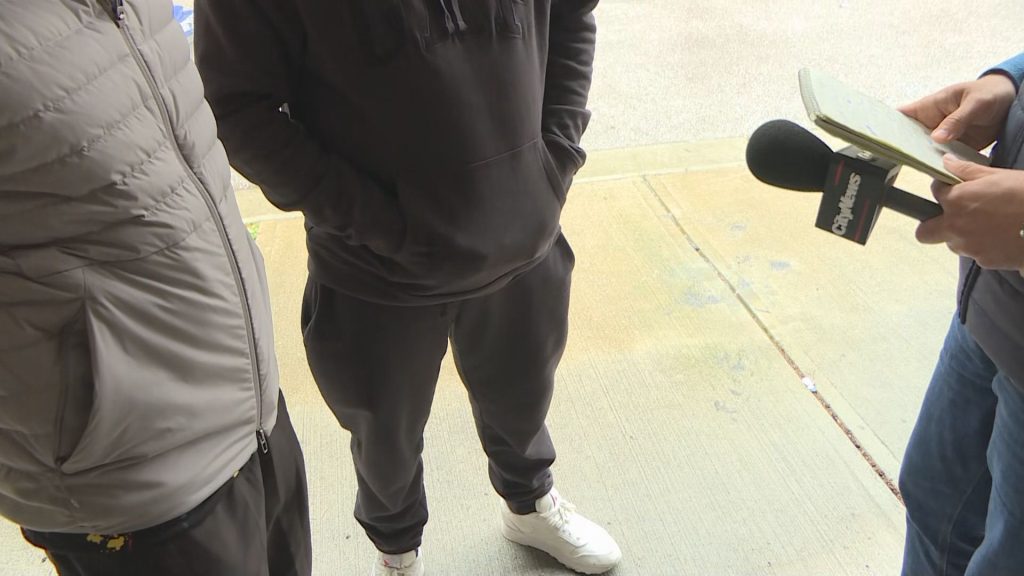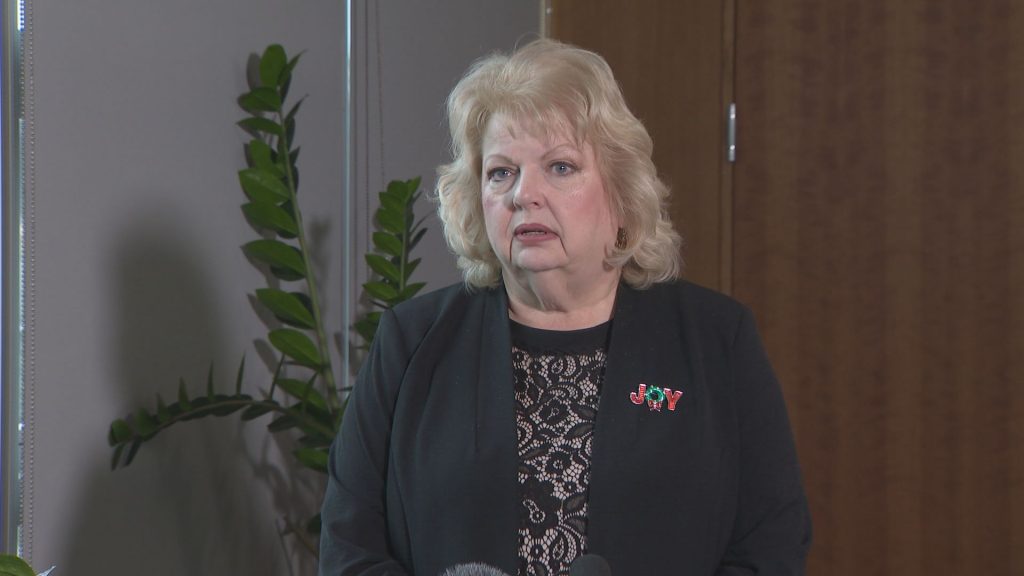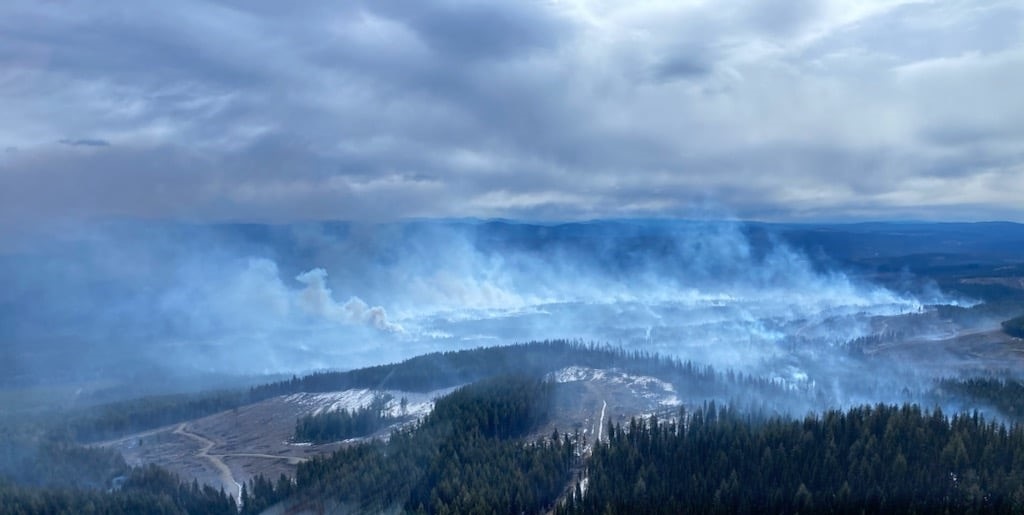Driver education, not speed, is key for road safety, says course advocate
Posted November 6, 2018 10:23 pm.
This article is more than 5 years old.
VICTORIA (NEWS 1130) — As the province dials back the speed limit on certain stretches of highways in B.C., a Vancouver Island driving instructor says the government should take a look at driver’s education to make roads safer.
Steve Wallace, CEO of Victoria’s Wallace Driving School, says the government has done the proper thing in cutting speed cutting speed limits by 10 km/h in the 15 areas, but that the graduated licensing course should be a must for new drivers.
“The graduated licensing course has now been proven to reduce crashes between nine and 13 per cent for the people that take that course when they initially get their license,” Wallace says. “Sadly, only 52 schools out of 697 driving schools [in British Columbia] are actually qualified to teach it.”
He adds governments’ public service announcements on driving go largely unnoticed and money should be put into educating those who are new to driving instead.
“The evidence is there, the proof is there, if you put the money into driver education, you will have a result of fewer crashes and fewer deaths upon the people that take that course,” he says.
Earlier on Tuesday, the B.C. government announced it is lowering speeds after a report last month found some routes where the speed limit was increased in 2014 saw a doubling of fatal crashes.
Wallace argues more driving schools opting to include the graduated licensing course will get the provincial government the results it seeks on B.C. roads. He also had a few choice words for some driving schools.
“Sadly, half the driving school in this province, and mostly in the Lower Mainland, are simply poor excuses for car rental for the road test, with a slapped-on magnetic sign that says ‘student driver’ and someone running around test routes all day and probably couldn’t teach their way out of a paper bag when it comes to actual driver education,” he says.
Course offers a slate of rubrics for new drivers
Wallace explains the entire course is 32 hours, 20 hours of theory, then 12 hours behind the heel with a professional instructor. On top, there are 40 hours of mandatory instruction overseen by parents, as well as additional exercises to help drivers understand what situations can arise on the road.
“It gives them a greater exposure to things that may not happen during a driving lesson, or may not happen during their practice sessions,” he says.










